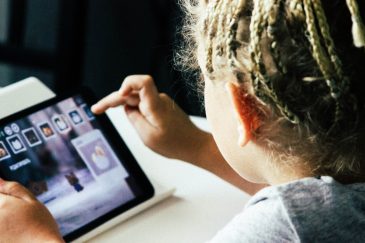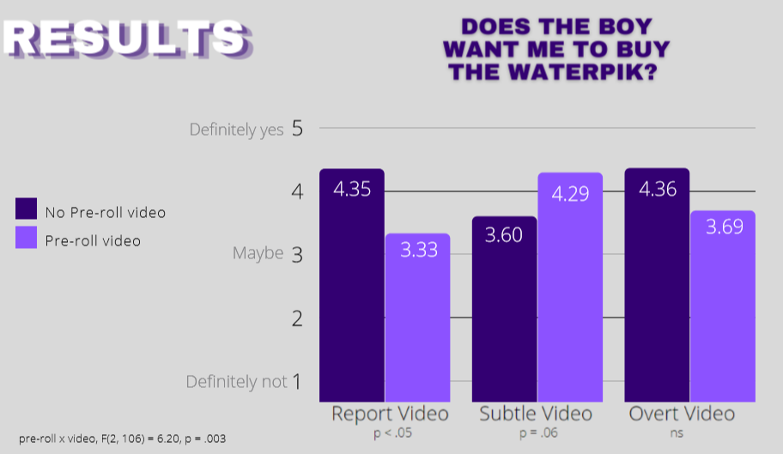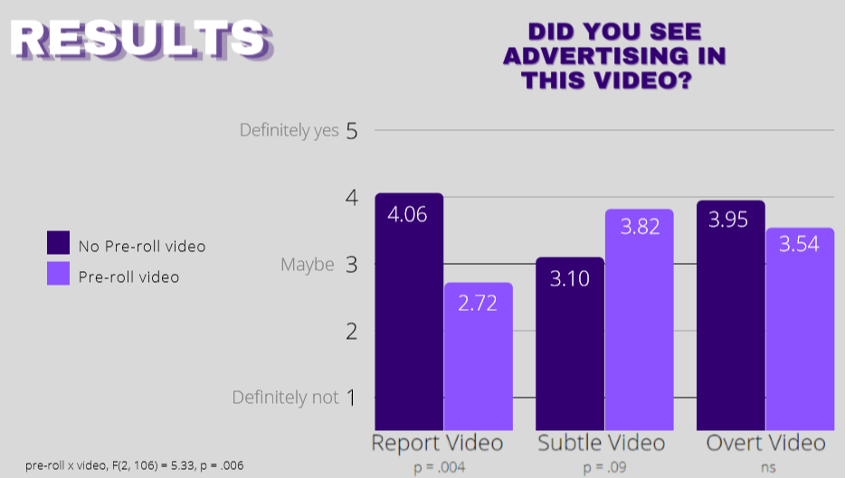
The importance of literacy skills in our lives is clear – reading and language skills allow us to read signs, menus, and participate in everyday encounters. As adults, we rely on our literacy skills in the workplace to write reports, emails, or lesson plans. But it is also clear that critical “literacy” skills extend into the world of technology. And while digital literacy is increasingly becoming a component of the K-12 curriculum, we still lack sufficient understanding of how those efforts may help our students navigate their increasingly digital world.
Part of digital literacy is the ability to complete simple tasks like searching for a video or game; but in fact, digital literacy also includes knowing how to evaluate the information found and use it to create one’s own media content. While most children know how to log on to an iPad, play a game on their parents’ phones, search for something they’re curious about, or find a video on YouTube, they may not know how to recognize credible content in websites and videos and then use that understanding to use or share online information and sources appropriately. With this in mind, curriculum developers and teachers alike have been weaving digital literacy skill development into curriculum and lesson plans.
Dream Research for an Elementary Education Student
In Fall 2019, I joined a research team at High Point University (HPU) to further understand the digital literacy skills of children through a project funded by the Joan Ganz Cooney Center. Our team designed a study to explore digital literacy among kids and parents in North Carolina, focusing our research on 8- to 12-year-olds’ interpretations of and learning from “unboxing” videos on YouTube. We chose unboxing-style videos due to their popularity among this age group and their under-the-radar advertising content.
Each child in our study was randomly assigned to view one of three 3-minute unboxing videos that we created for the project. In each video, a child reviewed a WaterPik Water Flosser for kids, a device that sprays a steady stream of water to remove food particles between teeth. The three videos vary in how the child unboxer explains his motive for creating the video. In the “overtly commercial” video, the child explains that he just received the product from his partners at Waterpik, and gives several other clues that his video is sponsored. In the “school project” video, he states that he is making the video for his class as part of an assignment on healthy teeth. The “subtly commercial” video featured the same child reviewing the water flosser in a similar manner, but he does not provide a clearly stated purpose to his video (though, it seems that he creates YouTube videos as a hobby).
Our team also created a short video that a random half of the participants saw before the unboxing video. This pre-roll training video explains how to recognize advertising in YouTube content (such as watching for words like “sponsorship” or “partner”). The children in our study watched their assigned videos and then answered questions related to the content and commercial bias of the unboxing video they saw. Parents also answered survey questions about their family’s home media practices.
Early Findings
Like most things over the past year, our study progress was slowed by the COVID-19 pandemic. Although our team continues to collect data, 107 families have completed the study to date. The figures below display some of our most notable findings. Specifically, children who saw the pre-roll training video were more confident that the video made for a school report was not trying to get them to buy the product. Conversely, they were more able to recognize that the video which was “subtly commercial,” or vague about its purpose, likely did have a selling intent. However, children seemed more savvy about the selling intention of the overtly commercial video (which mentioned the manufacturer as a “sponsor” and “partner”), if they did NOT first watch the training video.


These trends are both promising and a bit concerning. It is promising to see that many of the children were able to identify advertising in the overtly commercial video, as this is a vital digital literacy skill in a world where people are constantly trying to sell products to the vulnerable and savvy alike. Yet, it is also worrisome that they do not detect subtler information suggesting commercial intent, and that some efforts to increase their evaluation skills may confuse them even more. Moreover, these findings make me wonder how many other critical digital literacy skills school-age children do not have. Research like ours can help guide efforts in both the home and classroom for teaching children digital literacy skills such as recognizing the selling intent of online unboxing videos and evaluating information with the communicator’s goals and biases in mind.
Even though COVID-19 dampened the timeline of our study, data collection is still underway and will undoubtedly yield more noteworthy results. I am forever grateful for the opportunity to work on this research. My time spent studying children’s digital literacy skills is time that I will never forget or take for granted. I am so thankful for the Joan Ganz Cooney Center for allowing me to pursue research on a topic that is relevant to my future and giving me the chance to learn and grow as a student, researcher, and future elementary school teacher.
Allison Patrick graduated from High Point University in 2021 as an Elementary Education Major and Mathematics Minor. Currently, she is completing a Masters degree in Education with a concentration in STEM. Allison plans to complete her training in education with a year abroad, and then return to her hometown of Morgantown, West Virginia to teach at the elementary level.

